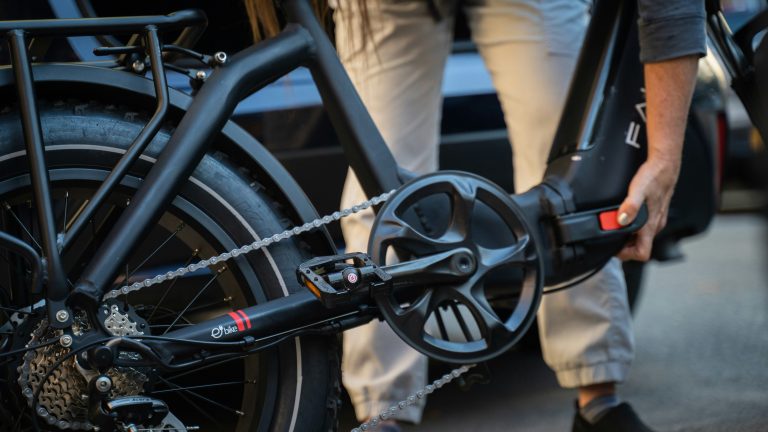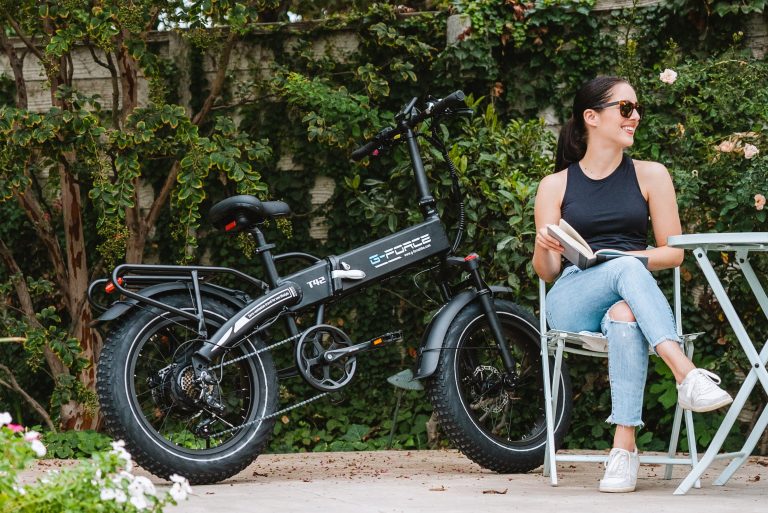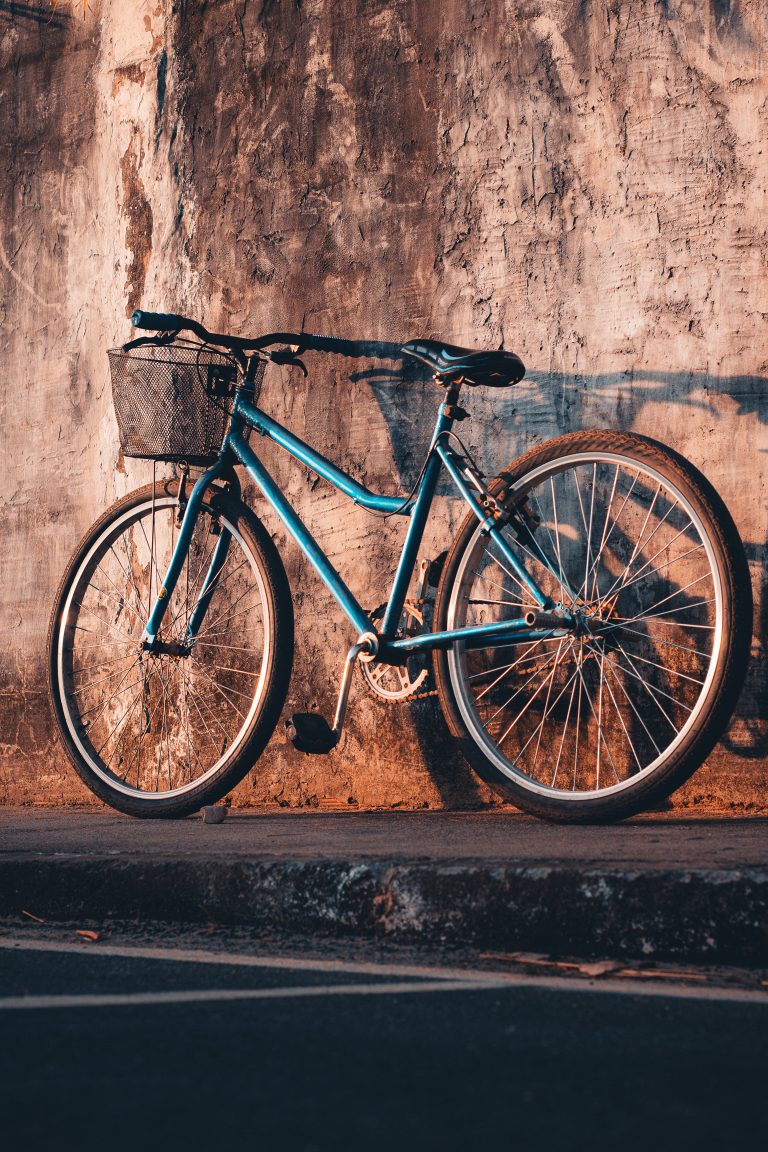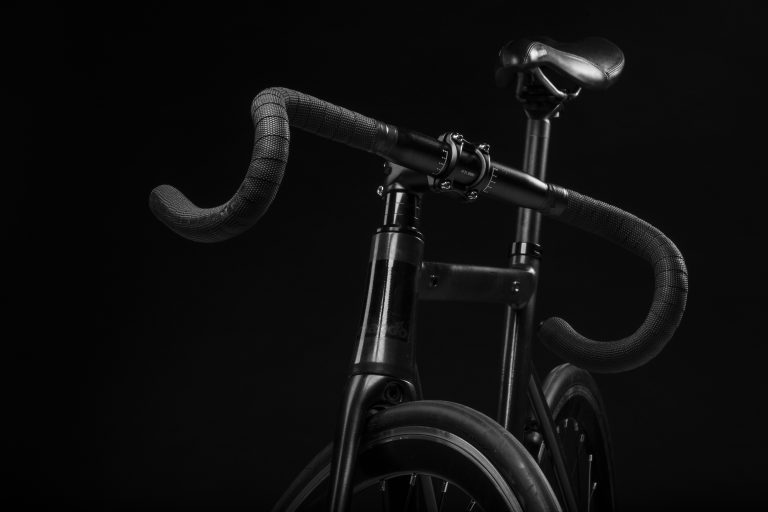Is 750W Enough For Ebike?
So you’re considering getting an ebike and you’re wondering if a 750W motor is enough power to meet your needs. Well, you’ve come to the right place! In this article, we’ll explore whether a 750W motor can provide the necessary oomph to tackle various terrains, handle your daily commute, and keep up with your adventurous spirit. Get ready to discover the perfect balance of power and efficiency for your electrifying two-wheeled companion.

Understanding the Power of an E-bike
E-bikes, also known as electric bikes, have gained popularity in recent years due to their convenience and eco-friendly nature. These bicycles are powered by an electric motor, which provides assistance to the rider, making pedaling easier and allowing for longer and faster rides. One important aspect of an e-bike is its power rating, which determines the performance and capabilities of the bike. In this article, we will explore the power ratings of e-bikes, specifically focusing on the 750W power level.
What is an E-bike?
Before diving into the specifics of e-bike power, it’s essential to understand what an e-bike actually is. An e-bike, or electric bike, is a bicycle that is equipped with an electric motor to provide additional power to the rider. This motor can either be powered by a rechargeable battery or can be connected to the main power source. E-bikes typically have various power levels, ranging from as low as 250W to over 1000W, each offering different levels of assistance to the rider.
How does an E-bike work?
The working mechanism of an e-bike involves the integration of an electric motor into the bike’s frame or wheel. This motor is powered by a battery, which can be either mounted on the frame or integrated within it. When the rider starts pedaling, a sensor detects the movement and triggers the motor to provide assistance. The level of assistance, or power, can be adjusted through different modes or settings on the e-bike. This allows the rider to choose the desired level of assistance based on their needs.
The importance of power in an E-bike
The power rating of an e-bike is a crucial factor that determines its performance and capabilities. A higher power rating generally means more assistance and better performance, especially when it comes to tackling challenging terrains and carrying heavier loads. However, it’s important to strike the right balance between power and usability, as excessive power may also pose safety risks and legal considerations. Finding the optimal power rating that suits your riding style and requirements is essential for an enjoyable and efficient e-bike experience.
Types of E-bike Power Ratings
Wattage Ratings
Power ratings for e-bikes are often measured in watts (W), which represents the rate at which energy is consumed or produced. In the case of e-bikes, it refers to the power output of the electric motor. A higher wattage rating generally means more power and assistance provided to the rider. Wattage ratings can range from as low as 250W for entry-level e-bikes to over 1000W for high-performance models.
Volts and Amps Ratings
In addition to wattage ratings, e-bikes also have volts (V) and amps (A) ratings, which provide further insights into the power and electrical requirements of the electric motor and battery. Volts refer to the electrical potential difference, while amps represent the current flowing through the circuit. The combination of volts and amps determines the overall power output of the electric motor. Higher volt and amp ratings generally result in more powerful and capable e-bikes.
Factors to Consider When Choosing E-bike Power
Terrain and Riding Style
One of the key factors to consider when choosing the power rating for an e-bike is the terrain you will be riding on and your riding style. If you mostly ride on flat surfaces or gentle slopes, a lower power rating may be sufficient to meet your needs. However, if you frequently encounter steep hills or rough terrains, a higher power rating, such as the 750W e-bike, would provide the necessary assistance to tackle these challenging conditions. Similarly, your riding style, whether you prefer a more leisurely ride or a more aggressive and fast-paced experience, should also be taken into account when choosing the power level.
Weight and Load
The weight of the rider and any additional load or cargo carried on the e-bike can significantly impact its overall performance and power requirements. Heavier riders or those with more substantial cargo may require a higher power rating to ensure smooth and efficient rides. It’s essential to consider your weight and any potential extra load you might carry to choose the appropriate power rating for your e-bike.
Desired Speed and Range
The desired speed and range of your e-bike are also important considerations when selecting the power rating. Higher power ratings generally allow for faster speeds and longer ranges, as the motor can provide more assistance to the rider. If you require high speeds or need to cover long distances, a 750W e-bike or even a higher power option might be more suitable for your needs. However, it’s essential to keep in mind the legal limitations and regulations regarding e-bike power ratings in your area.
Advantages and Disadvantages of a 750W E-bike
Advantages of a 750W E-bike
A 750W e-bike comes with several advantages that make it an appealing choice for many riders. One of the primary advantages is the increased power and assistance it provides, especially when riding on challenging terrains or carrying heavier loads. The extra power allows for a more enjoyable and effortless riding experience, as the motor can handle steep inclines and heavier weights with ease. Additionally, a 750W e-bike can generally achieve higher speeds, providing a more exhilarating ride for those seeking a faster-paced experience.
Disadvantages of a 750W E-bike
While a 750W e-bike offers numerous benefits, there are also some disadvantages to consider. One of the primary drawbacks is the potential legal restrictions imposed on higher power e-bikes. In some areas, e-bikes with a power rating of 750W or higher may be classified as motor vehicles, requiring registration, insurance, and a valid driver’s license to operate. It’s crucial to research and understand the regulations and classifications regarding e-bike power in your region before opting for a 750W e-bike.

Legal Considerations for E-bike Power
E-bike Power Regulations
The legal regulations surrounding e-bike power ratings can vary significantly depending on the country, state, or region. It’s essential to familiarize yourself with the specific laws and regulations in your area to ensure compliance and avoid any potential legal issues. In some areas, e-bikes with power ratings exceeding a certain limit may be subject to additional requirements and restrictions, such as the need for a license or registration. Understanding the legal considerations related to e-bike power is crucial for a safe and hassle-free riding experience.
Classifications of Electric Bikes
To further complicate matters, e-bikes are often classified into different categories based on their power ratings and capabilities. These classifications can vary from country to country or even within different states or regions. Common classifications include pedal-assist e-bikes, which provide assistance only when the rider is actively pedaling, and throttle-powered e-bikes, which offer assistance without the need for pedaling. These classifications often dictate the power limits and restrictions placed on e-bikes in different jurisdictions.
Comparing Different E-bike Power Levels
250W E-bike
A 250W e-bike is considered the entry-level power rating and is suitable for riders who primarily ride on flat terrains or require minimal assistance. This power level is often found in commuter e-bikes, allowing for a comfortable and efficient ride in urban environments.
500W E-bike
A 500W e-bike offers a significant increase in power compared to the 250W option. This power level is well-suited for riders who frequently encounter moderate inclines or prefer a more powerful assistance while riding. A 500W e-bike provides a good balance between power and usability, allowing for a versatile riding experience in various terrains.
750W E-bike
A 750W e-bike is considered a high-power option and provides substantial assistance to the rider. This power level is suitable for riders who frequently tackle steep hills or carry heavier loads. The increased power allows for a more effortless and enjoyable ride, especially in challenging conditions.
1000W E-bike
For those seeking even more power, a 1000W e-bike is available. This power level is generally reserved for riders who require maximum assistance, such as off-road enthusiasts or those who regularly ride on extremely steep terrains. However, it’s important to note that the legal restrictions and classification of 1000W e-bikes can be more stringent in many areas.
Higher Power E-bike Options
While the power levels mentioned above are common in the e-bike market, there are also higher power options available for those with specific needs or preferences. These options can range from 1500W to well over 3000W and are often used for specialized purposes, such as high-performance racing or extreme off-road riding. However, it’s crucial to understand the legal implications and restrictions associated with these higher power e-bikes before considering them.

750W E-bike Performance and Range
Performance Expectations
A 750W e-bike offers notable performance improvements compared to lower power options. The increased power translates into faster acceleration, smoother climbs, and the ability to maintain higher speeds. Riders can expect a more effortless and enjoyable riding experience, especially when tackling challenging terrains or carrying heavier loads. The overall performance improvement significantly enhances the versatility and capabilities of the e-bike.
Range Considerations
When it comes to range, the power rating alone isn’t the sole determining factor. Other variables, such as battery capacity, terrain, riding style, and power mode, can also impact the overall range of a 750W e-bike. That being said, higher power ratings generally consume more energy, resulting in a potentially shorter range. However, advancements in battery technology have allowed for longer-lasting batteries even with higher power options. To maximize the range of a 750W e-bike, choosing an e-bike with a larger battery capacity or opting for more efficient power modes can be beneficial.
Battery Capacity and its Impact on E-bike Power
Understanding Battery Capacity
Battery capacity plays a crucial role in an e-bike’s overall power and performance. It refers to the amount of energy the battery can store and is usually measured in watt-hours (Wh). A higher watt-hour rating generally means a larger battery capacity, allowing for more extended rides and more power available to the electric motor. When considering a 750W e-bike, it’s essential to pay attention to the battery capacity to ensure it meets your desired range and power needs.
Battery Capacity and Power Needs
To determine the optimal battery capacity for your power needs, you should consider factors such as the desired range, the level of assistance required, and riding conditions. If you plan on long-distance rides or frequently require maximum power assistance, opting for a higher battery capacity is recommended to ensure sufficient energy supply. Conversely, if you primarily ride shorter distances or need minimal assistance, a lower battery capacity may be suitable. Strike a balance between power needs and battery capacity to maximize the performance and efficiency of your e-bike.
Signs of Inadequate Power on an E-bike
Insufficient Speed
One of the signs of inadequate power on an e-bike is a noticeable decrease in speed compared to your desired level. If you consistently struggle to reach or maintain the desired speed, it may indicate that the power level of your e-bike is not sufficient for your needs. Upgrading to a higher power rating, such as a 750W e-bike, can help address this issue and provide the necessary assistance for faster speeds.
Lack of Climbing Ability
E-bikes with insufficient power may struggle when climbing steep hills or inclines. If you find yourself unable to conquer these challenges without excessive effort or assistance, it may be an indication that a higher power rating is necessary. A 750W e-bike offers substantial climbing ability, making it a suitable choice for riders who frequently encounter steep terrains or hills.
Lower than Expected Range
Another sign of inadequate power on an e-bike is a lower than expected range. If you find yourself running out of battery sooner than anticipated or unable to cover the desired distance, it may imply that the power level is not sufficient for your riding needs. Consider upgrading to a higher power rating, such as a 750W e-bike, to achieve a more adequate range for your rides.
Additional Factors to Enhance E-bike Power
Motor Efficiency
The efficiency of the electric motor in your e-bike can significantly impact its overall power and performance. A more efficient motor can convert a higher percentage of electrical energy into mechanical power, resulting in better power delivery and improved range. When choosing an e-bike, it’s beneficial to consider the motor’s efficiency in addition to its power rating to ensure optimal performance.
Pedal Assist System
The pedal assist system, often referred to as PAS, is an essential component of an e-bike that determines the level of assistance provided to the rider. Different e-bikes may offer various pedal assist levels or modes, allowing the rider to choose the desired level of assistance based on their preferences or needs. A well-designed and adjustable pedal assist system can enhance the power and performance of an e-bike, even with a lower power rating.
Gearing and Transmission
The gearing and transmission system of an e-bike can also impact its power and performance. The choice of gears and transmission ratio can optimize the power delivery from the electric motor to the wheels, allowing for a more efficient and powerful ride. E-bikes with a wide range of gears and adjustable transmission can provide better control and maximize the power output, resulting in an enhanced riding experience.
In conclusion, understanding the power of an e-bike, such as a 750W e-bike, is crucial for choosing the right bike that suits your riding style, needs, and the conditions you frequently encounter. By considering factors such as terrain, weight, desired speed, and range, you can determine the appropriate power rating for your e-bike. While a 750W e-bike offers significant advantages in terms of power and performance, it’s important to be aware of the legal considerations and restrictions associated with higher power e-bikes. By striking the right balance between power, efficiency, and compliance, you can enjoy all the benefits an e-bike has to offer.







